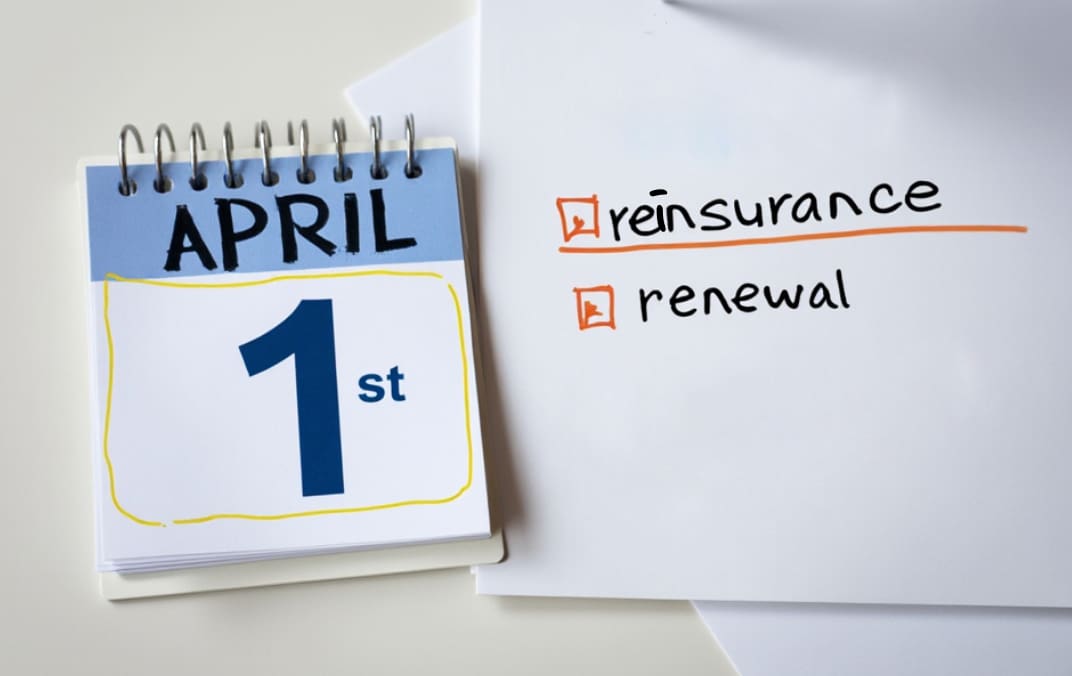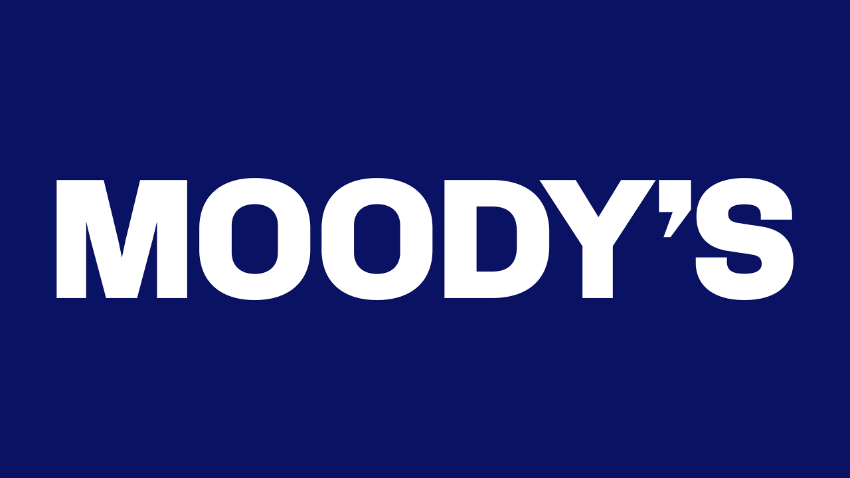
This content is copyright to www.artemis.bm and should not appear anywhere else, or an infringement has occurred.
Returns in the reinsurance market are still strong despite softening at recent renewals and this is driving some reinsurers to seek out growth while the opportunity remains, which analysts at J.P. Morgan call a rational view.
 Traditional reinsurance firms have been building their reserve buffers through the hard market for just such an eventuality, a recent analyst report from J.P. Morgan implies.
Traditional reinsurance firms have been building their reserve buffers through the hard market for just such an eventuality, a recent analyst report from J.P. Morgan implies.
The reserve buffers, that major reinsurance firms build through years where loss experience is relatively normal or benign, can be wielded to their advantage as margin compression begins during a softening phase of the market cycle.
The J.P. Morgan analysts acknowledge that, with the reinsurance cycle, it looks largely different since 2023.
But they provide caution which may also raise memories of the past for some, saying, “A prolonged period of strong earnings in the space is likely to mean that there could be a period of downward pressure on pricing as the reinsurers know at normal levels of loss that margins still feel very attractive.”
When the reinsurance cycle softened through the 2010’s, as it happened there was a lot of commentary on the growth of alternative capital and insurance-linked securities (ILS) as being the main driver.
But, the reality was that some of the largest reinsurance companies in the world were leveraging their reserve buffers and other financial levers to bulk up on property catastrophe risk, especially across the United States, reporting significant growth in some cases through the early 2010’s and accentuating the softening environment.
At that time, for traditional reinsurers who were well-prepared, growth was also a rational view, as returns remained elevated historically and they had built up their buffers that enabled them some room to grow, while rates softened off.
The latest J.P. Morgan analyst report paints a similar picture of this environment, one where traditional reinsurers have the firepower, leverage and appetite to keep growing, but after the peak of pricing.
The reason perhaps being, that it takes a few years of particularly strong returns to really build the buffers and appetite to grow into a market that has already begun to soften.
The J.P. Morgan analyst team also highlight the clear-risk that returns get competed away in the reinsurance space.
“We don’t buy into the thesis that the reinsurance cycle will be more stable forever; cycles exist as attractive returns get competed away over time, but we do think that there is some credibility to the argument that returns are likely to stay at high levels for the next 2-3 years given the buffers built into guidance and balance sheets in the recent challenging market,” they explain.
It was that “competing away” of reinsurance returns that resulted in the super-soft market environment we saw in the mid-2010’s that persisted all the way up to the 2017 hurricane season, when it turned out memories had perhaps proven to be too short, once again.
The analysts believe that 2025 can be the third year in a row when reinsurance returns are strong for the major players in the space, even accounting for the wildfires and a coming hurricane season.
In fact, while beginning to dip, the J.P. Morgan analysts feel reinsurer returns could stay strong into 2026.
“The fact that the European reinsurers have been able to sustain guidance for 2025 despite a tough beginning to the year demonstrates to us that profitability in the system is strong and that returns are locked in at similar levels to the ones seen recently,” they state.
Still, new inflows into reinsurance remain relatively small and concentrated in the catastrophe bond and insurance-linked securities (ILS) space, in the main.
But, incremental capital could still pressure rates, as traditional reinsurers unlock their built-in leverage to deploy more capacity.
The analysts said, “While anecdotal, we have seen some elements of the market being more willing to deploy capital into reinsurance. We see this as a sign that the reinsurers have tested out improved terms and conditions and retentions along with stronger pricing, and seen that it produces strong results.
“Balance sheets are strong even taking into account the latest market movements and with returns looking like they are at some of the best levels seen in years, we see the growth as a rational view for some reinsurers to take with global property catastrophe prices only just below the 2023 levels when there was a huge amount of excitement in the market.”
At this stage, it does feel like the market may be heading in a similar direction to the early 2010’s and that absent major loss activity, another cause of capital erosion, or something that stimulates a rise in the global cost-of-capital, it’s hard to see anything but more softness ahead.
As reinsurers pull on growth levers to capitalise on market conditions, they would be wise to remember that growth capital to support their ambitions comes in many forms.
We are seeing increasing use of alternative capital, from catastrophe bonds through sidecars, some of which is growth ambitions driven capital acquisition and used wisely another form of leverage that fuels expansion.
But, it must be remembered that, institutional investor memories are not typically considered short and we’re already speaking with ILS allocators that express some concern over recent rate trajectory.
While returns are still deemed attractive in reinsurance, by both reinsurers and third-party capital investors, there is a limit and costs-of-capital need to be met.
With costs-of-capital rising globally on the back of the financial market volatility we are currently seeing, reinsurers and ILS managers would do well to remember that there will be a point at which investor appetite wanes. So it’s important, for those using or managing this capital, to continue delivering a sustainable return commensurate with the risks being taken on.
Reinsurance returns still strong, growth a rational view: J.P. Morgan was published by: www.Artemis.bm
Our catastrophe bond deal directory
Sign up for our free weekly email newsletter here.










